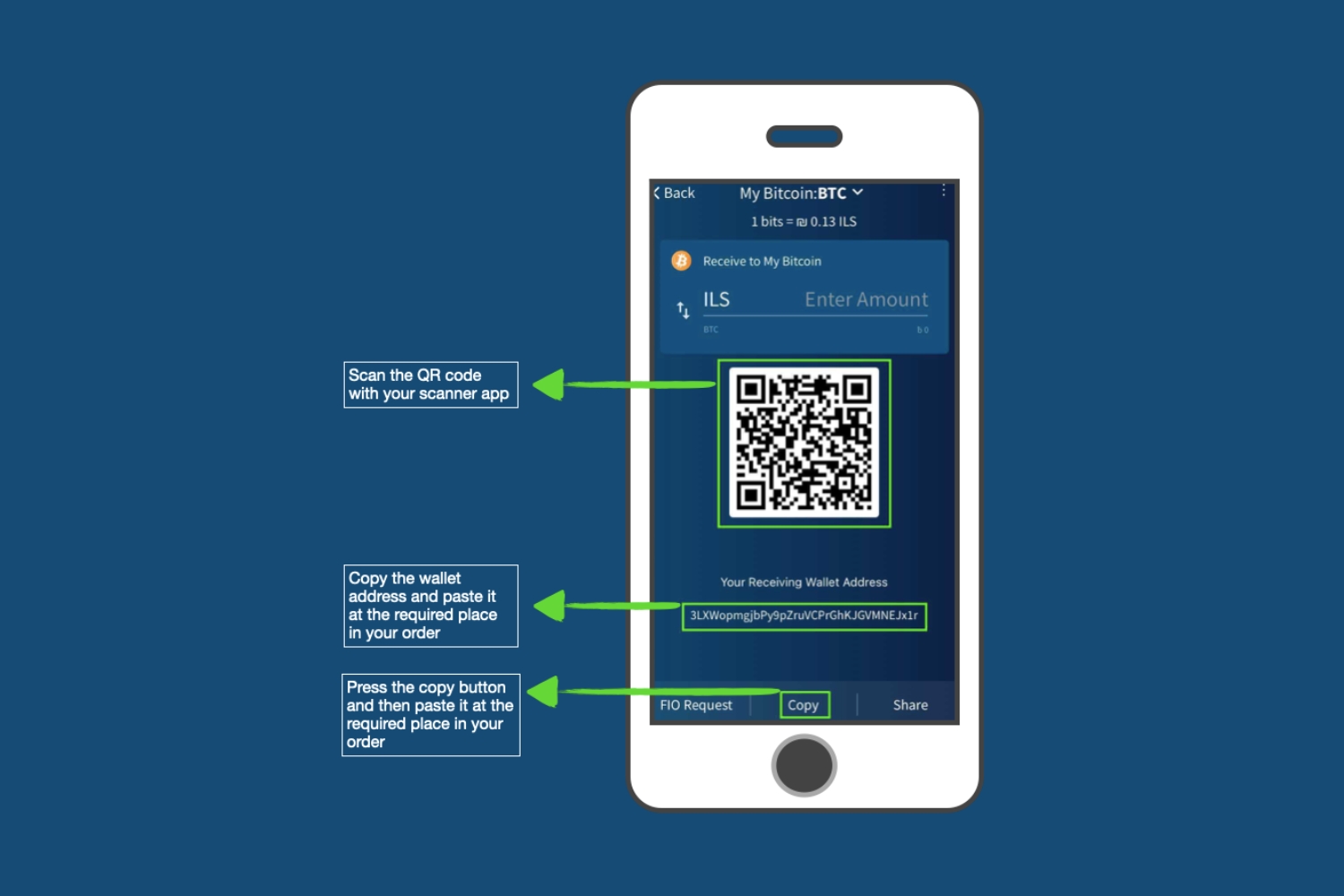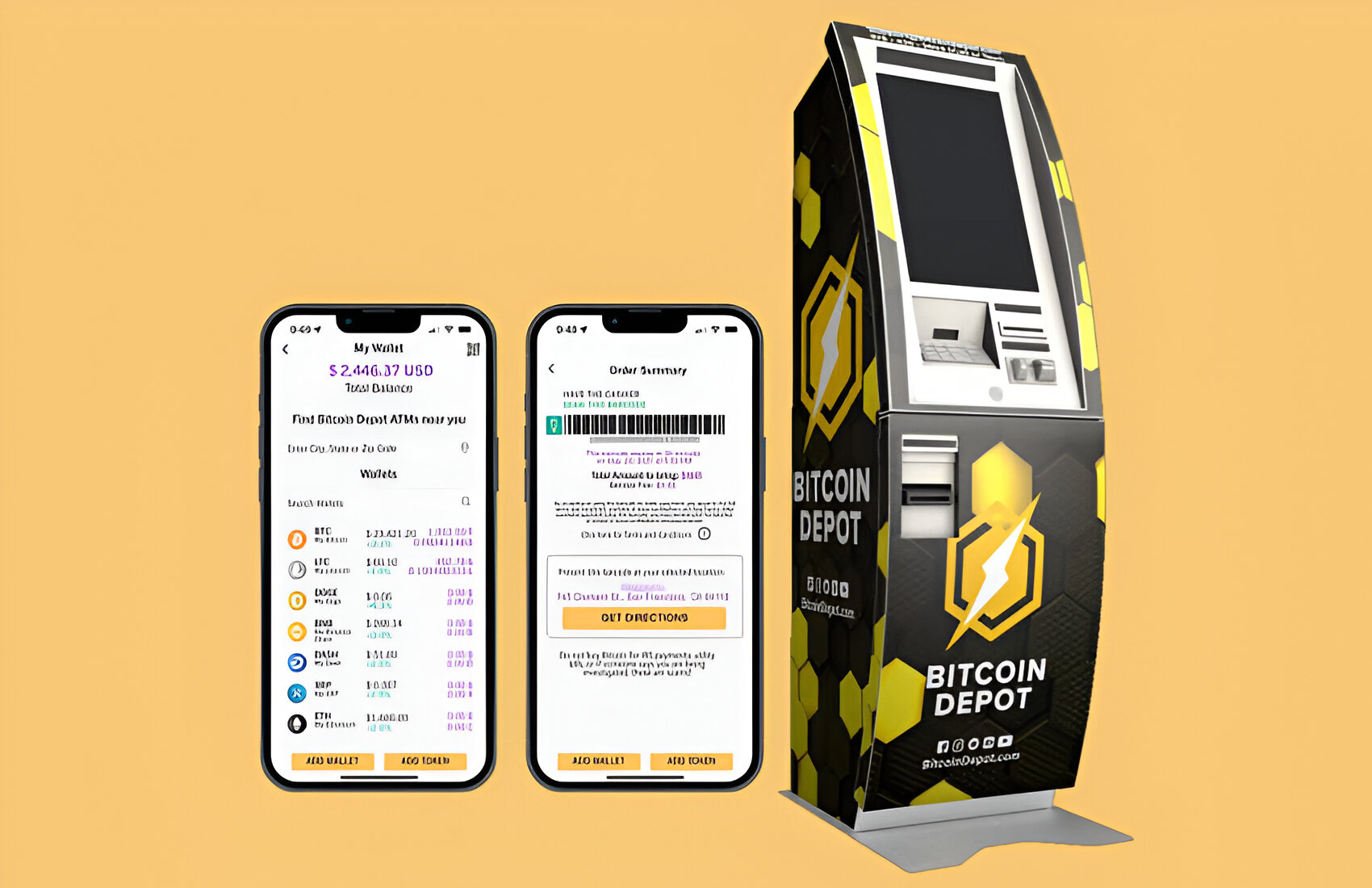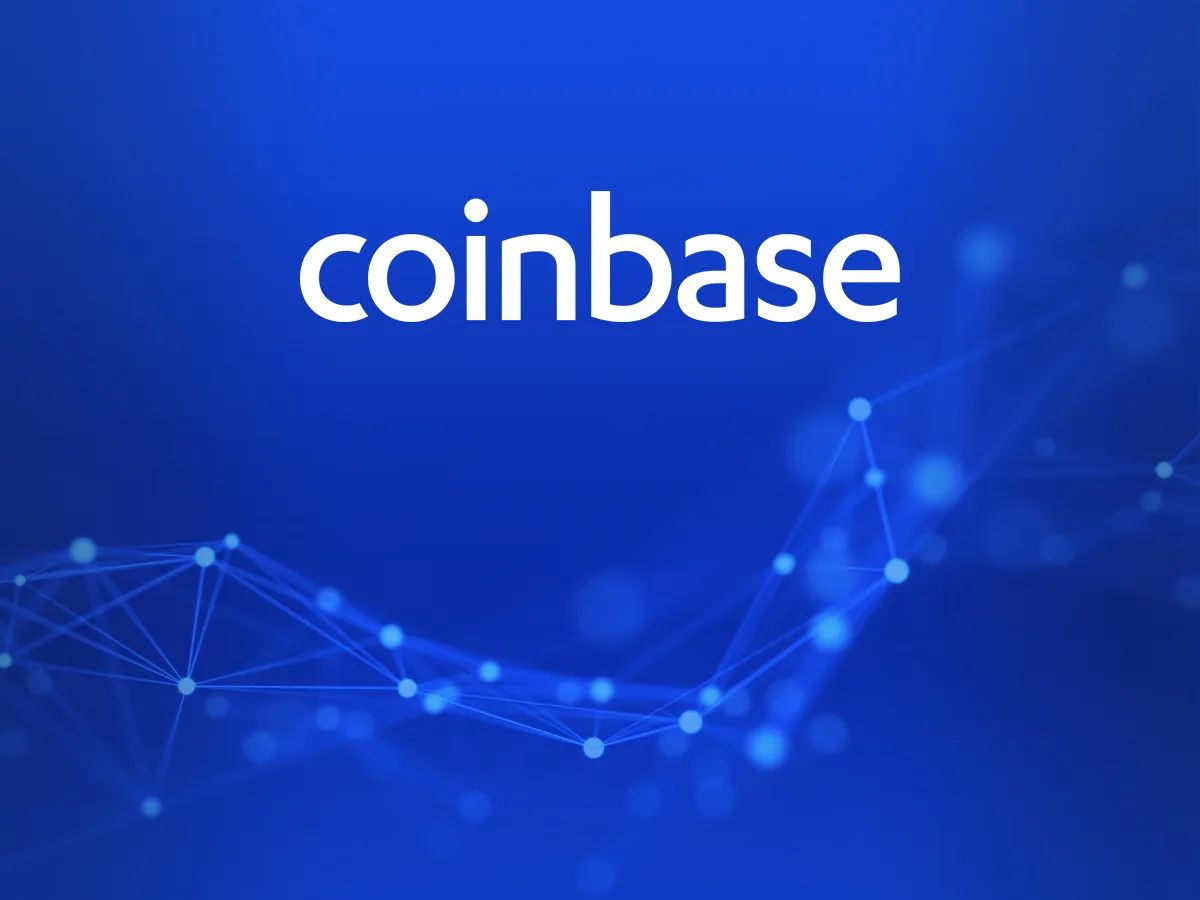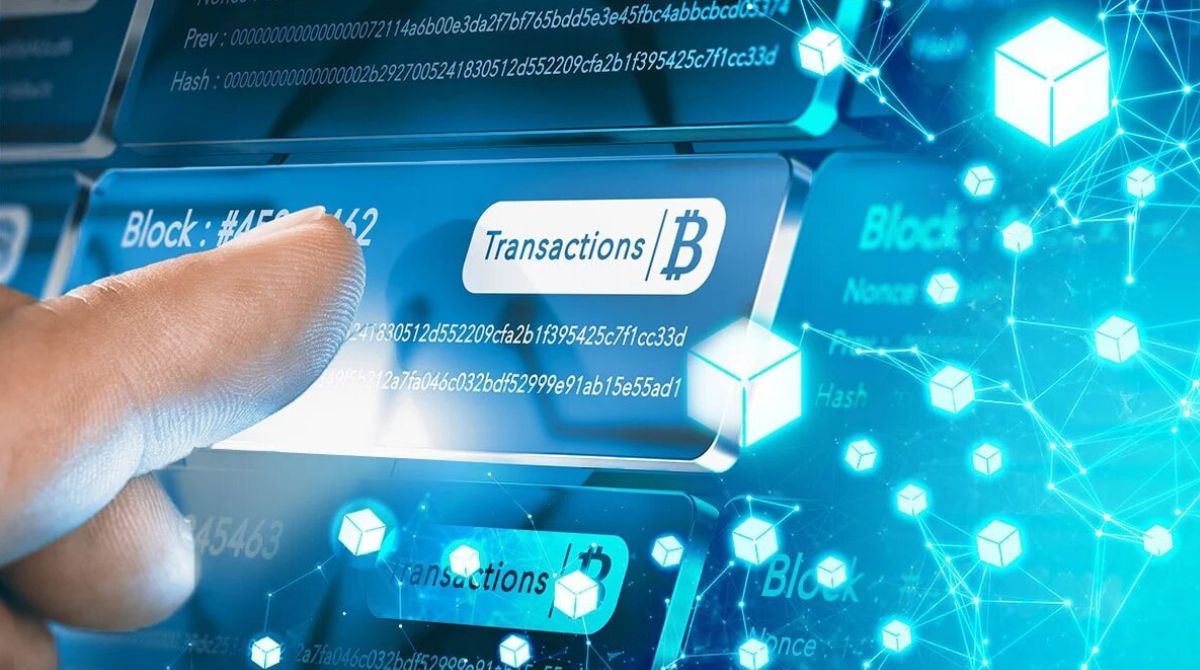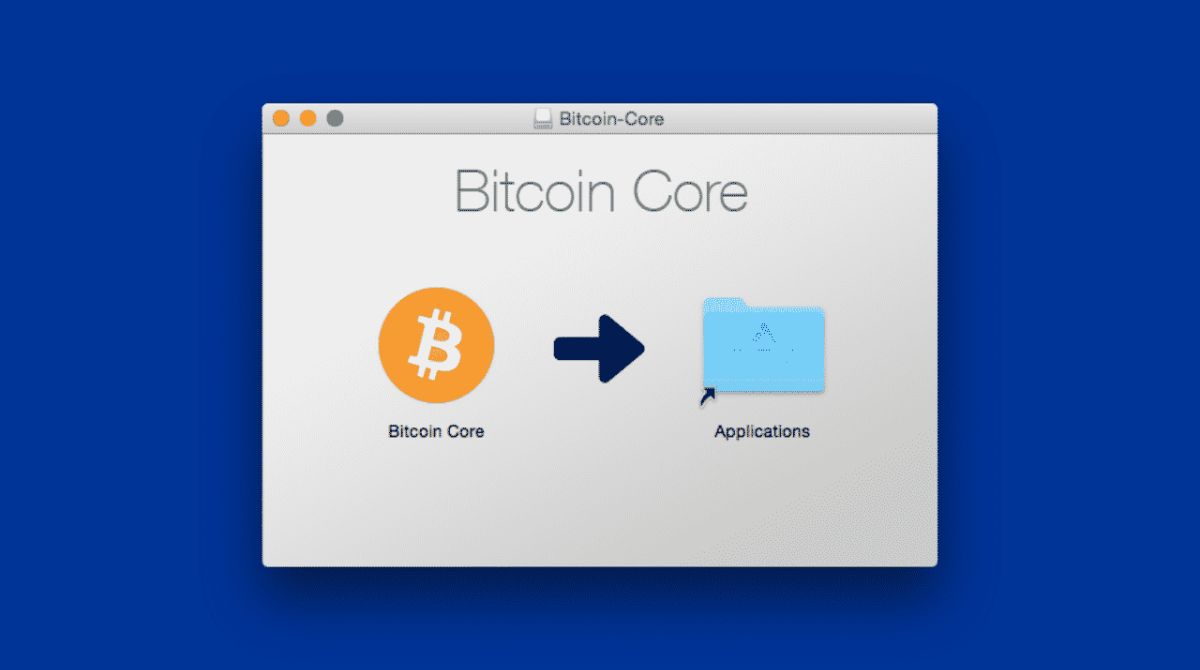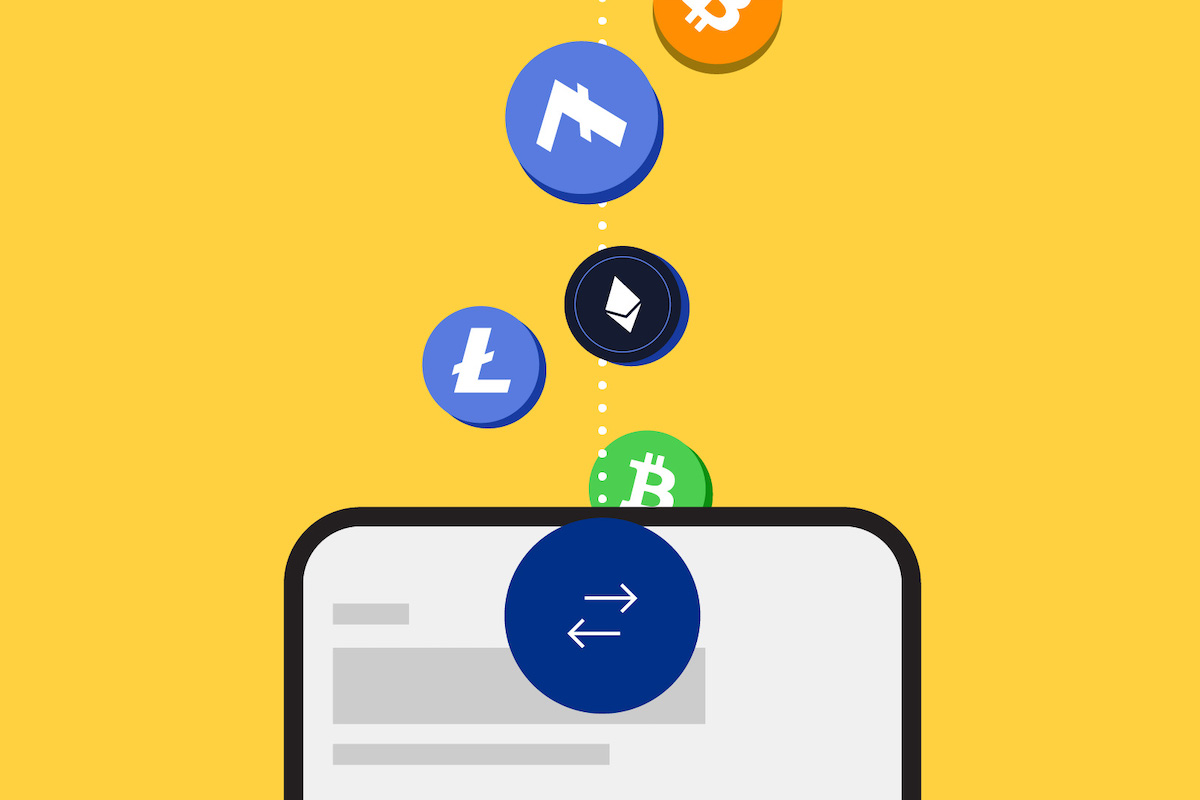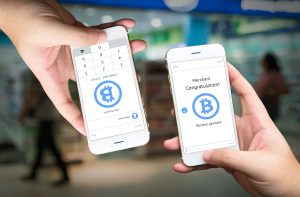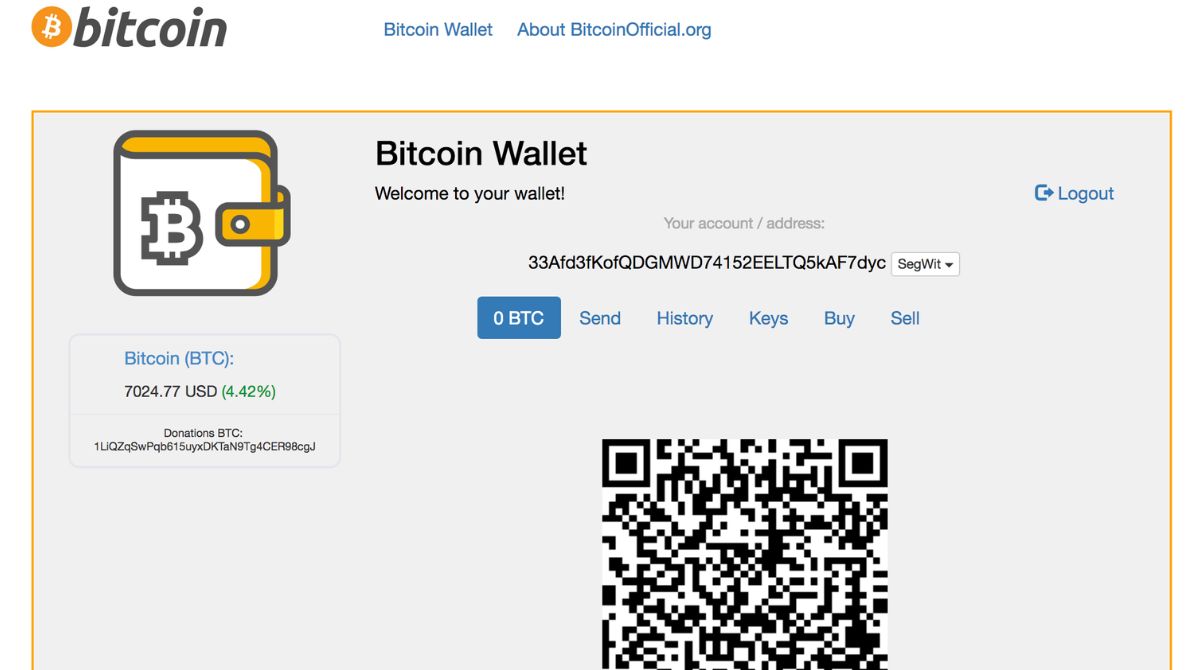Why is a Bitcoin Address Important?
A Bitcoin address plays a crucial role in the world of digital currency. It serves as a unique identifier that allows you to send and receive bitcoins securely. Similar to a bank account number, a Bitcoin address serves as a digital location where your bitcoins are stored.
Here are a few reasons why a Bitcoin address is important:
- Secure Transactions: When you want to receive bitcoins from someone, you provide them with your Bitcoin address. By using your Bitcoin address, the sender can securely transfer Bitcoins to your wallet. As a result, Bitcoin addresses ensure the privacy and security of your transactions.
- Ownership Verification: Bitcoin addresses not only allow you to receive bitcoins, but they also serve as proof of ownership. When you provide your Bitcoin address, it confirms that you are the rightful owner of the bitcoins associated with that address.
- Trackable Transactions: Bitcoin addresses are recorded on the blockchain, a public ledger that tracks all Bitcoin transactions. This means that anyone can view the history of transactions associated with a particular address. This transparency ensures the integrity and accountability of the Bitcoin network.
- Multi-Wallet Management: If you have multiple Bitcoin wallets, each wallet will have its own unique Bitcoin address. This allows you to manage and track different wallets separately.
- Compatibility: Bitcoin addresses can be used across different platforms and services. Whether you are using a mobile wallet, a web-based wallet, or a hardware wallet, your Bitcoin address remains the same.
Overall, a Bitcoin address is crucial for sending, receiving, and tracking bitcoin transactions. It ensures the security, privacy, and accountability of your digital assets. Understanding the importance of your Bitcoin address will help you navigate the world of cryptocurrencies with confidence and peace of mind.
How to Generate a Bitcoin Address
Generating a Bitcoin address is a straightforward process that can be done in a few simple steps. Here’s how you can generate your Bitcoin address:
- Choose a Bitcoin Wallet: First, you need to select a Bitcoin wallet. There are various types of wallets available, including desktop wallets, mobile wallets, web wallets, and hardware wallets. Each type has its own unique features and security measures. Choose a wallet that suits your needs and preferences.
- Install and Set up the Wallet: Once you have selected a wallet, download and install it on your device. Follow the instructions to set up the wallet, including creating a strong password and securely storing your wallet’s recovery phrase.
- Access the Wallet’s Receive Feature: Open your Bitcoin wallet and navigate to the “Receive” or “Receive Bitcoin” section. This is where you will find your generated Bitcoin address.
- Generate a New Address: Most wallets automatically generate a new Bitcoin address for each transaction. However, if you want to generate a new address manually, look for the option to do so in your wallet. Click on “Generate New Address” or a similar function.
- Copy or Share the Address: Once the new address is generated, you can copy it to your clipboard or share it with others. You may have different options to copy the address, such as clicking on a button or right-clicking and selecting “Copy Address.”
- Safeguard Your Bitcoin Address: It is vital to keep your Bitcoin address secure to maintain the privacy and security of your funds. Make sure to store it in a safe location and avoid sharing it with untrusted parties.
Generating a Bitcoin address is an essential step in utilizing cryptocurrencies. By following these steps, you can create your own Bitcoin address and start sending and receiving bitcoins securely and conveniently.
Using a Bitcoin Wallet to Find Your Address
Your Bitcoin wallet is the primary tool for managing your cryptocurrency transactions and holdings. Within your wallet, you can easily locate your Bitcoin address. The process of finding your address may vary slightly depending on the wallet you are using, but here are the general steps:
- Open Your Wallet: Launch your Bitcoin wallet application or open the web-based wallet you are using.
- Access the Receive or Receive Bitcoin Section: Look for the option to receive or receive Bitcoin within your wallet’s interface. This feature allows you to generate a new Bitcoin address for receiving funds.
- Generate a New Address: In most wallets, a new Bitcoin address is generated automatically each time you receive funds. If an address has not been generated yet, click on the “Generate New Address” or similar button to create one.
- Copy or Share the Address: Once the address is generated, you can copy it to your clipboard by clicking on the corresponding button or right-clicking and selecting the “Copy Address” option. You can also share your address with others by clicking on the share icon or providing them with the copied address.
- Monitor Previous Addresses: Some wallets allow you to view previous addresses used for receiving Bitcoin transactions. This feature can be helpful to track incoming payments or to provide others with a specific address for a particular transaction.
- Additional Security Measures: To enhance the security of your Bitcoin address, some wallets offer features such as QR code scanning or advanced options to add a label or description to your addresses for easy identification.
Remember to keep your Bitcoin address secure and avoid sharing it with untrusted sources. It is crucial to double-check the accuracy of the address when sending or receiving funds to ensure they are going to the intended destination.
By using your Bitcoin wallet’s features, locating your Bitcoin address becomes a simple and essential process for managing your cryptocurrency transactions.
Finding Your Bitcoin Address on Exchanges
If you hold Bitcoin on a cryptocurrency exchange, finding your Bitcoin address is slightly different from using a personal wallet. Here’s how you can locate your Bitcoin address on exchanges:
- Login to Your Exchange Account: Access your cryptocurrency exchange account by providing your login credentials.
- Navigate to the Balances or Wallets Section: Look for the “Balances,” “Wallets,” or a similar tab within your exchange account. This section displays the various cryptocurrencies you hold.
- Find Bitcoin in the List: Locate Bitcoin (BTC) in the list of cryptocurrencies or search for it using the search bar.
- Click on Deposit or Receive: Click on the option to deposit or receive Bitcoin. This action will take you to the page where your Bitcoin address is displayed.
- Locate Your Bitcoin Address: On the deposit or receive page, you will see your Bitcoin address. Some exchanges provide a QR code as well, making it convenient for others to scan and send Bitcoin to your address.
- Copy or Share the Address: Copy your Bitcoin address to your clipboard or share it with others by clicking on the corresponding button or selecting the address and right-clicking to copy.
- Check Transaction History: In addition to finding your Bitcoin address, exchanges typically provide a transaction history or a record of your past Bitcoin transactions. This can be useful for tracking your incoming and outgoing transactions.
Remember to follow the security practices recommended by the exchange and ensure that you are on the official exchange website. Be cautious of phishing attempts and only provide your Bitcoin address to trusted individuals or platforms.
Finding your Bitcoin address on exchanges is essential for depositing Bitcoin into your account and receiving funds from others. Familiarize yourself with the exchange interface to access your Bitcoin address easily.
Locating Your Bitcoin Address on Hardware Wallets
Hardware wallets provide the highest level of security for storing your Bitcoin. If you use a hardware wallet, locating your Bitcoin address involves the following steps:
- Connect and Unlock Your Hardware Wallet: Connect your hardware wallet to your computer or mobile device using the provided USB cable or via Bluetooth. Enter your PIN or use biometric authentication, such as fingerprint recognition, to unlock your wallet.
- Open the Associated Wallet Software: Launch the wallet software associated with your hardware wallet on your computer or mobile device. Popular wallet software includes Ledger Live for Ledger wallets and Trezor Suite for Trezor wallets.
- Navigate to the Receive Section: Within the wallet software, locate the “Receive” or “Receive Bitcoin” section.
- Choose the Account: If you have multiple accounts within your hardware wallet, select the one that corresponds to the Bitcoin address you want to find.
- View and Copy Your Bitcoin Address: The wallet software will display your Bitcoin address along with a QR code. You can either copy the address to your clipboard or share it using the provided options.
- Label Your Address: Some hardware wallets and associated software allow you to add labels or descriptions to your addresses for easy identification. This can be helpful if you have multiple Bitcoin addresses or accounts.
Hardware wallets are specifically designed to provide a secure and user-friendly experience. By following these steps, you can easily locate your Bitcoin address associated with your hardware wallet.
Remember to double-check the accuracy of the address when sending or receiving Bitcoin. Take the necessary precautions to protect your hardware wallet from physical damage, loss, or theft, as it is the key to accessing your Bitcoin and managing your funds securely.
Recovering a Lost Bitcoin Address
Losing access to a Bitcoin address can be a stressful experience, but there are steps you can take to attempt recovery. Here’s what you can do if you have lost your Bitcoin address:
- Check Your Backup or Recovery Phrase: If you have a backup or recovery phrase for your Bitcoin wallet, it could be the key to recovering your lost address. Refer to the instructions provided by your wallet provider to restore your wallet using the backup phrase.
- Search Your Devices: Look for any devices or storage media that may contain your Bitcoin wallet files or backups. Check your computer, external hard drives, USB drives, and any cloud storage accounts you may have used.
- Contact Your Wallet Provider: Reach out to the customer support team of your wallet provider. They may be able to assist you with the recovery process or provide guidance based on your specific situation.
- Hire a Professional: If all else fails, you can consider hiring a professional service that specializes in wallet recovery. These experts may be able to help you retrieve your lost Bitcoin address, but be cautious and verify their credibility before proceeding.
- Learn from the Experience: To avoid future loss or mishaps, take this opportunity to educate yourself about wallet backups and security practices. Implement a robust backup strategy, store your recovery phrase in a safe location, and follow best practices for securing your Bitcoin and wallet access.
It’s important to note that without a backup or recovery phrase, the chances of recovering a lost Bitcoin address become significantly more challenging. Prevention and preparedness are key to avoiding the loss of your Bitcoin address and funds.
Remember to always maintain backups, keep your recovery phrase secure, and regularly update your wallet software to benefit from the latest security features and improvements.
If you do regain access to your lost Bitcoin address, consider transferring your funds to a new address that you control to prevent any potential future complications.
Frequently Asked Questions about Bitcoin Addresses
Here are some commonly asked questions about Bitcoin addresses:
- Are Bitcoin addresses case-sensitive?
Yes, Bitcoin addresses are case-sensitive. It is important to enter the address exactly as it is provided to ensure the accuracy of transactions. - Can I reuse my Bitcoin address?
While it is technically possible to reuse a Bitcoin address, it is generally recommended to use a new address for each transaction. This practice enhances privacy and security by making it more difficult to trace and link transactions. - Can I have multiple Bitcoin addresses?
Yes, you can have multiple Bitcoin addresses. Most wallets generate a new address for each transaction, and you can use different addresses for different purposes or to track specific transactions. - How do Bitcoin addresses relate to private keys?
Bitcoin addresses are derived from the corresponding private keys. The private key is used to digitally sign transactions and prove ownership of the funds associated with a particular Bitcoin address. - What happens if I send Bitcoin to the wrong address?
Bitcoin transactions are irreversible, so if you send Bitcoin to the wrong address, it is unlikely that you can recover the funds. It’s essential to double-check the accuracy of the address before confirming the transaction. - Can I change my Bitcoin address?
In most cases, you cannot change your Bitcoin address. Each address is unique and tied to a specific private key. However, you can generate a new address for receiving funds in most wallets. - What is a vanity Bitcoin address?
A vanity Bitcoin address is a customized address that contains specific characters or words of your choice. While vanity addresses can be visually appealing, they require significant computational resources to generate and are not more secure than regular addresses. - Are Bitcoin addresses the same across different cryptocurrencies?
No, Bitcoin addresses are specific to the Bitcoin network. Other cryptocurrencies have their own unique address formats.
These frequently asked questions provide insights into the basics of Bitcoin addresses. Understanding these concepts will help you navigate the world of Bitcoin and securely manage your cryptocurrency transactions.







